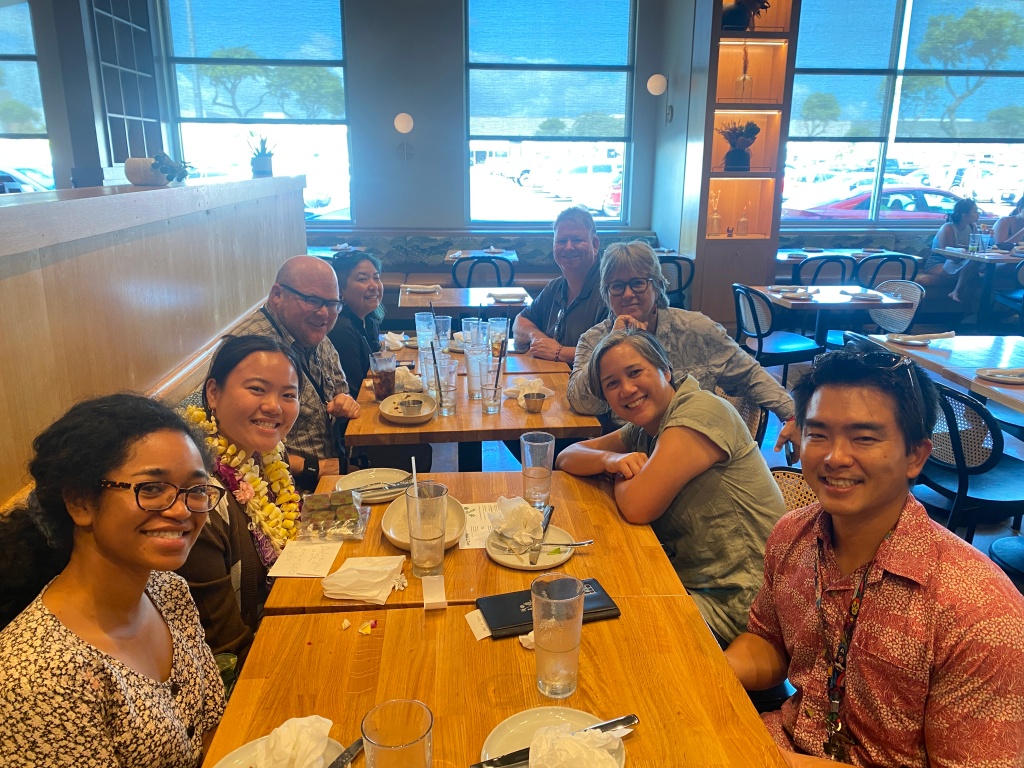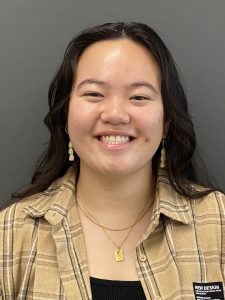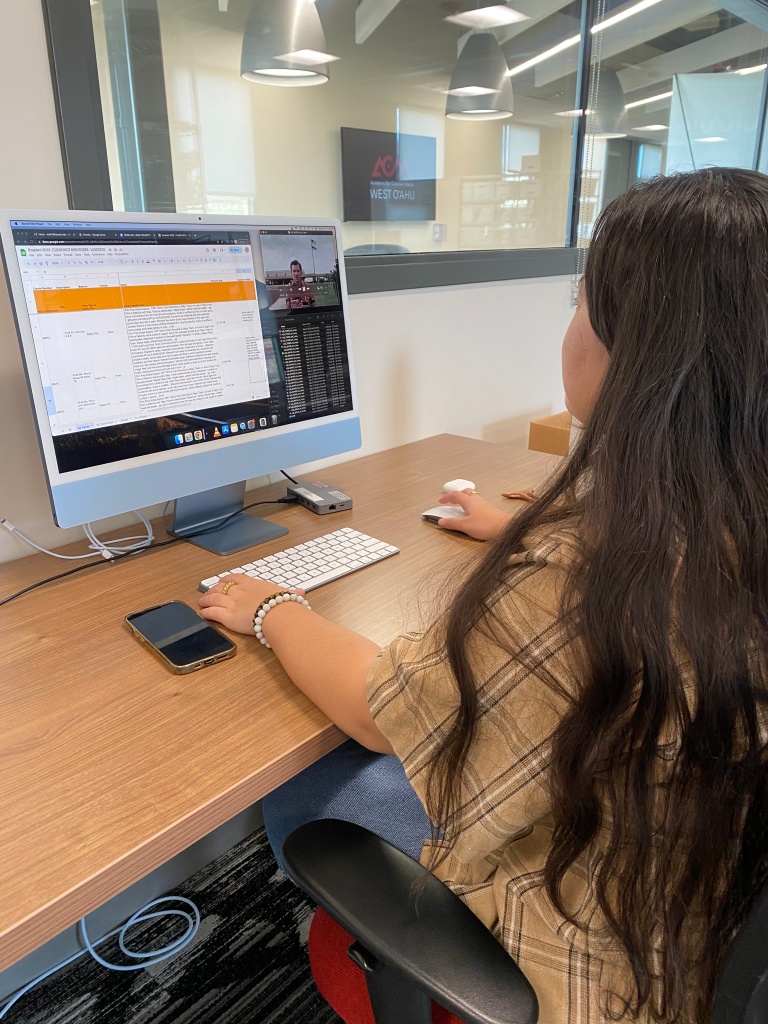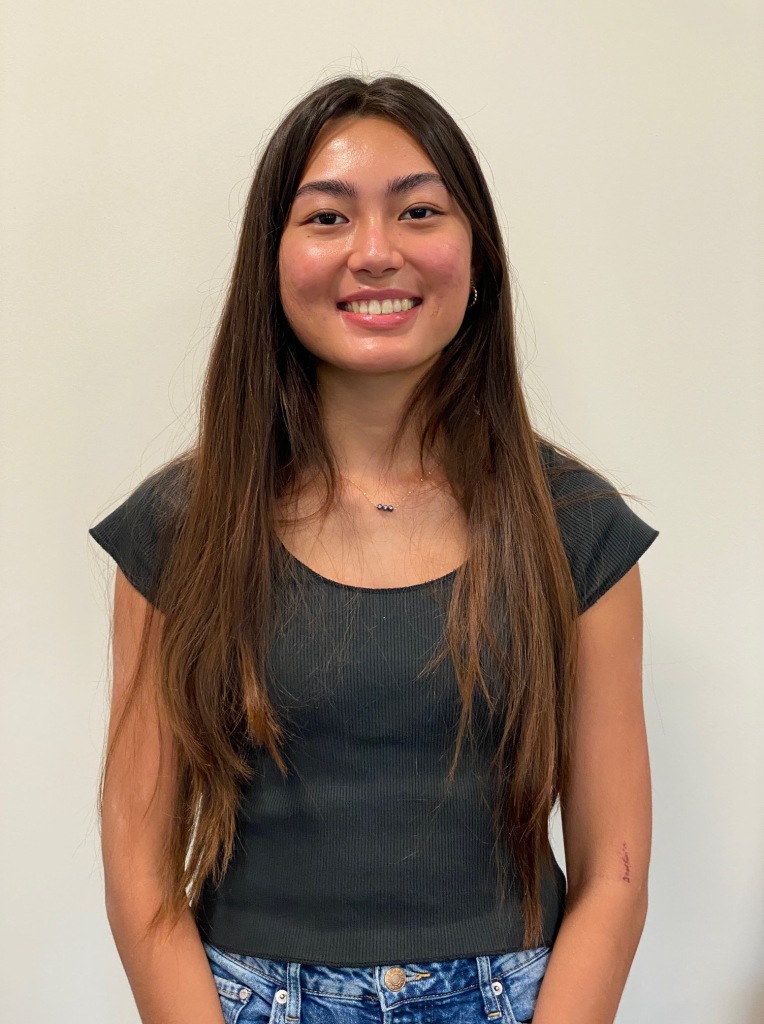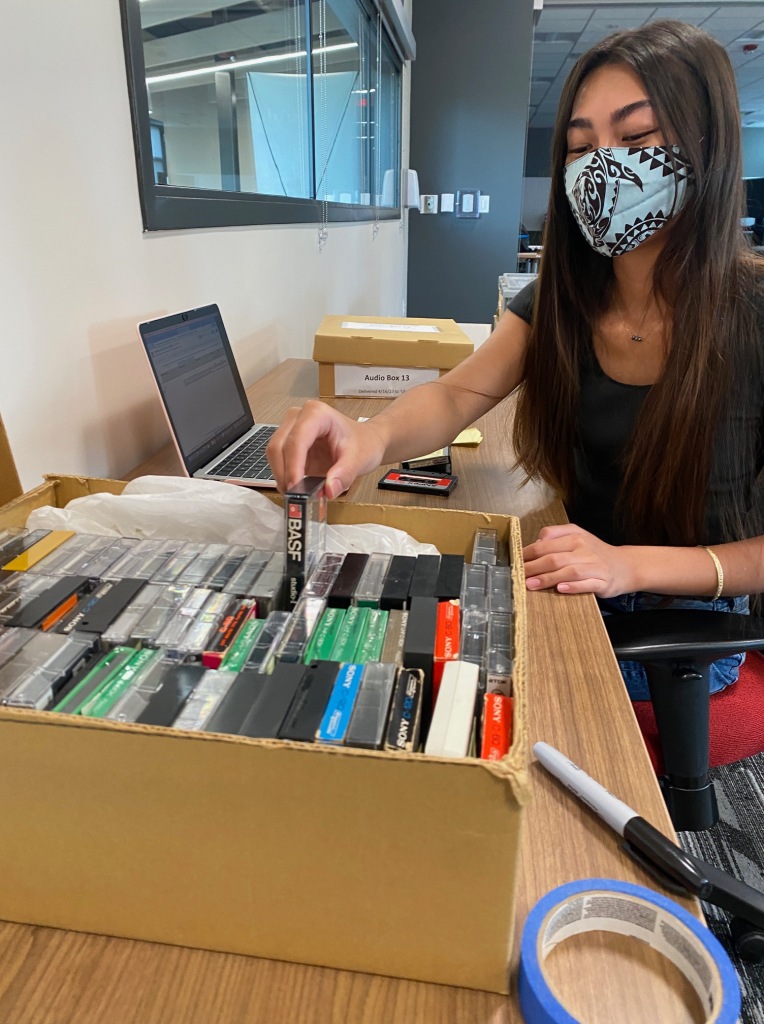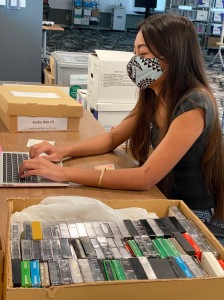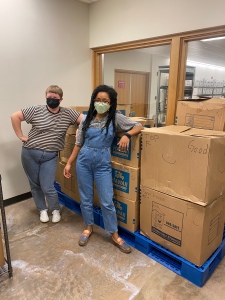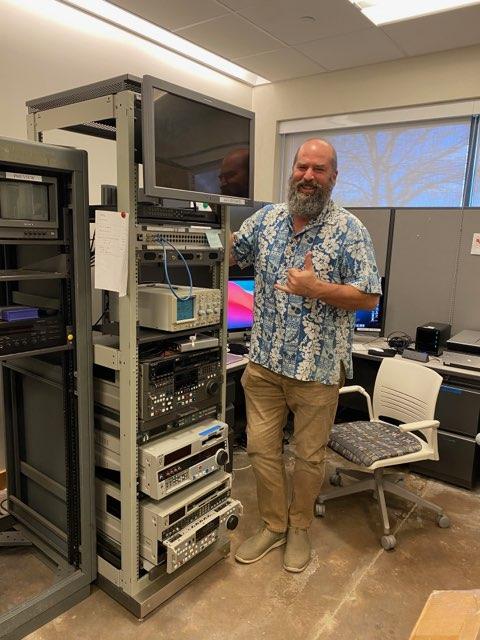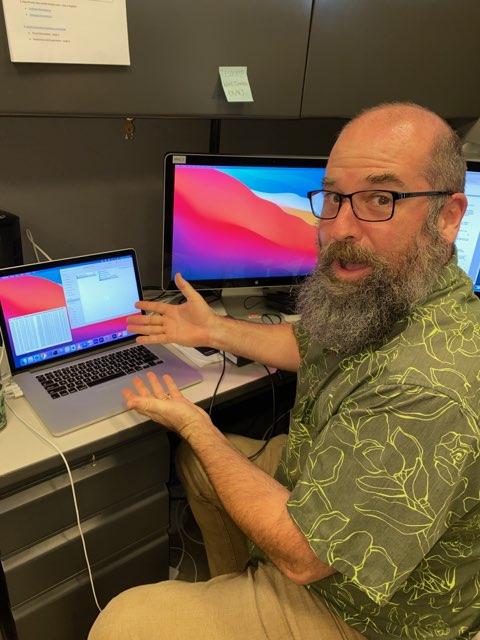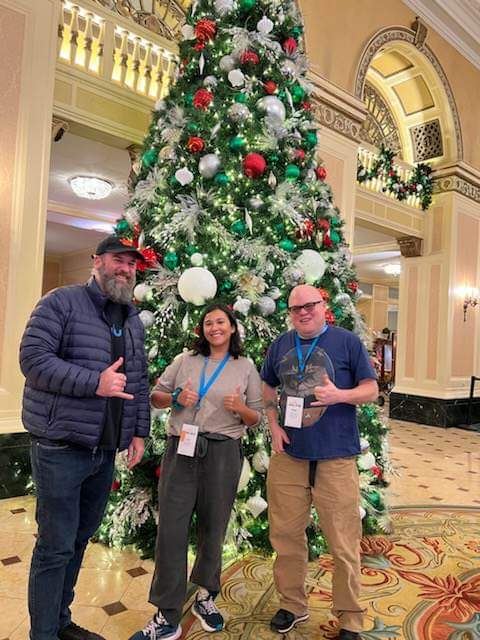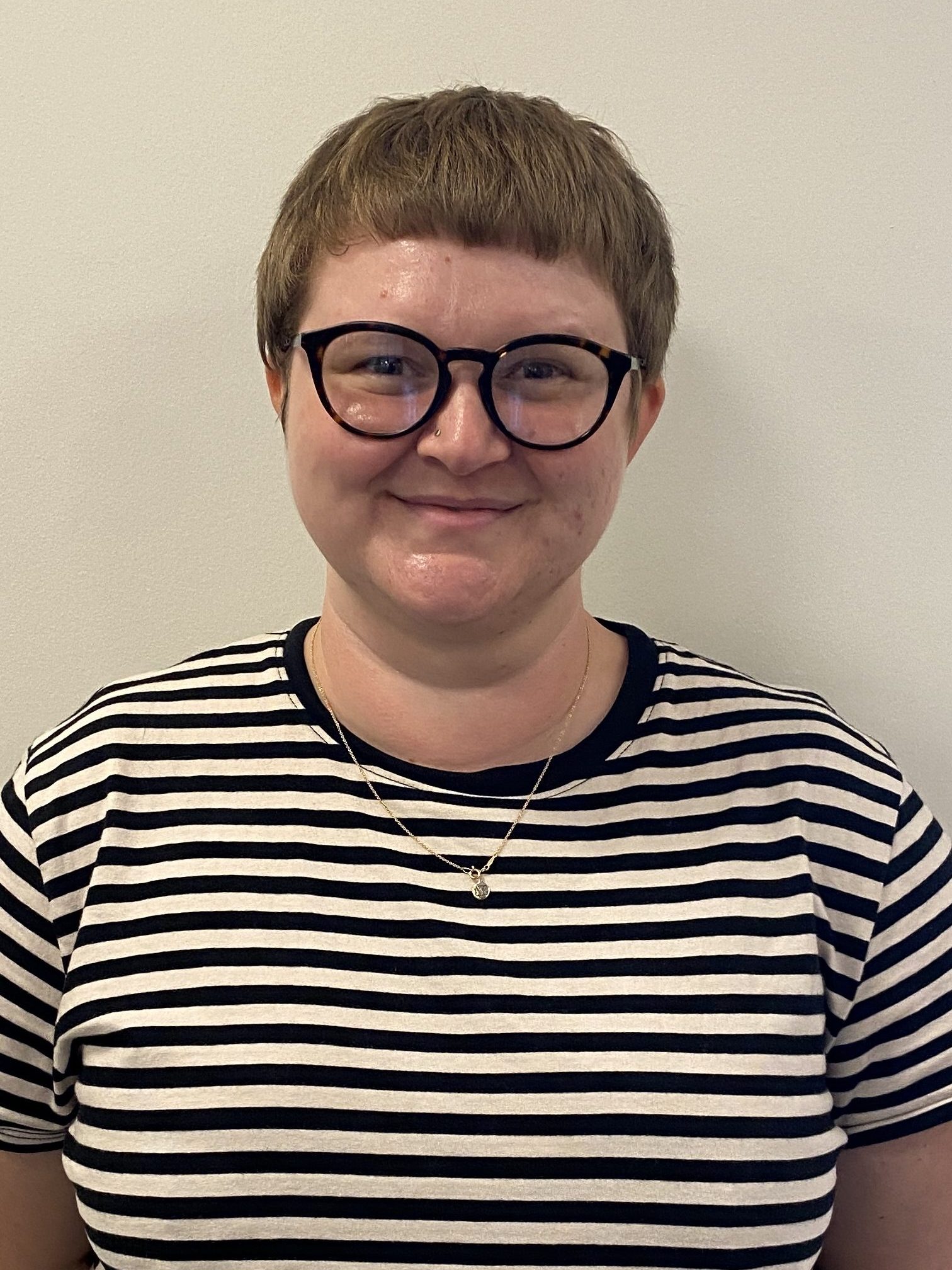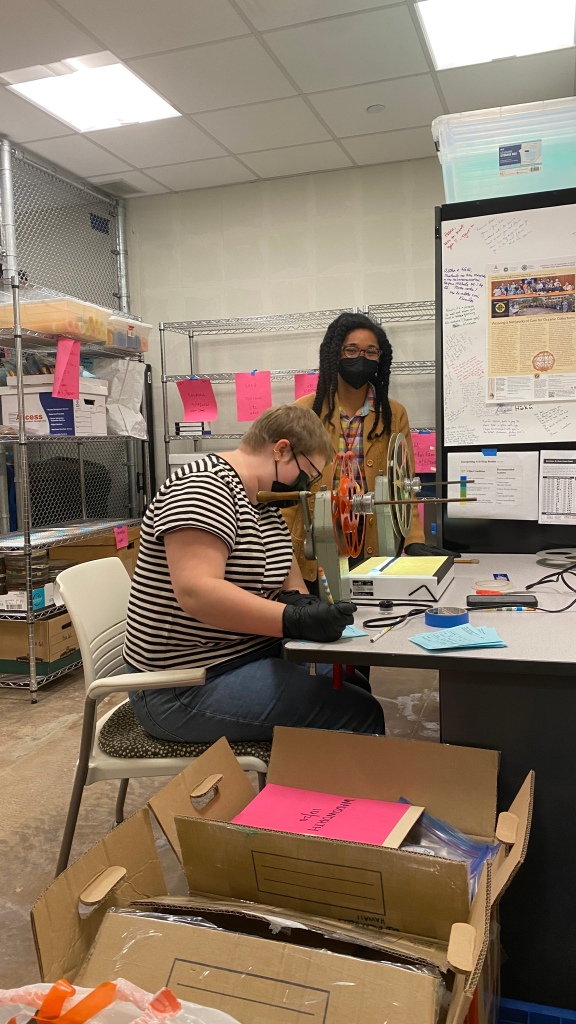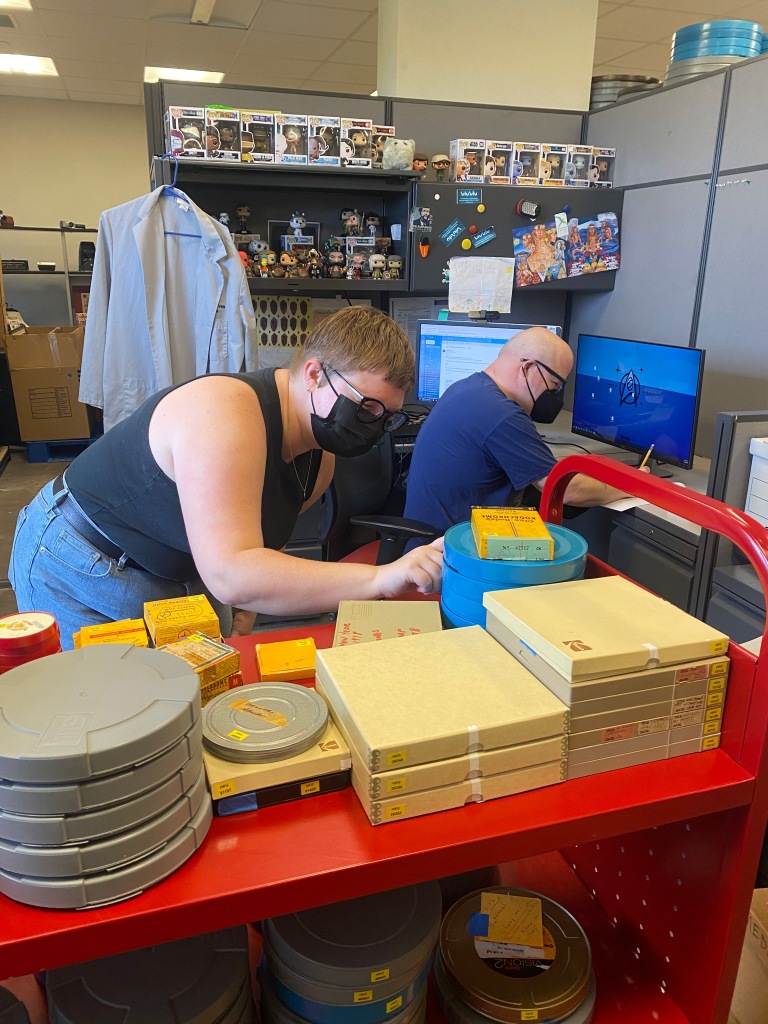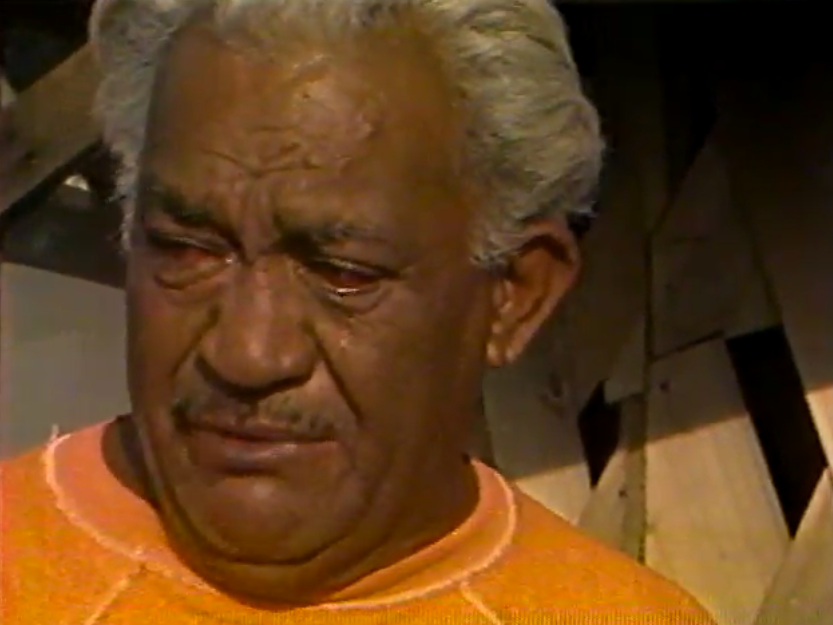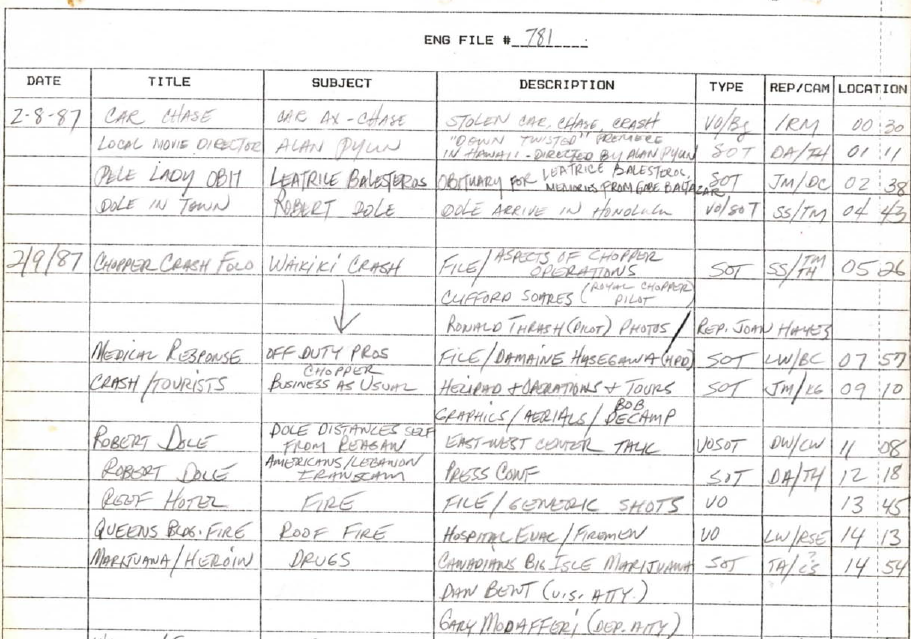We’re doing a late post to say thank you and farewell to our Roselani Summer Intern Ani. Ani is well on her way in her most recent semester in the Library and Information Science and Museum Studies Programs, but we miss her dearly. We had her update some questions for an exit interview, to help share her experiences with us as an intern and highlight some of the work being done in ʻUluʻulu.
Could you share a little more about the work you did at ‘Ulu’ulu since we did your last interview? Did your assignments change over the time you were with the archive?
A few things have changed since my last interview. I finished all of the projects that I was working on so I was given even more projects to work on. I finished doing the quality control and technical descriptions for the Don Ho collection, Juniroa Productions/ KGMB, Clear collection, and I finally got through the Nā Maka o Ka ʻĀina collection. I finished all the KGMB ENG Logs that were originally given to me and the extras I was given after. As for the Pau Hana Years Collection, I have turned my transcriptions into formatted captions, and finally aligned those captions to the audio with Aegisub. As for the cataloging and description work, I have also finished the Hawaiʻi Home Movies, on top of the Tūtū Ruth collection and the Juniroa/KGMB files.
You got to work on both transcription and descriptions for various collections; did you have a preference between the two? Why? Was there anything surprising or interesting about working on these aspects of moving image archive work?
This is a super good question and a hard one since I enjoyed both. I enjoyed doing descriptions for videos that included a lot of dialogue, like the Happy Birthday Tūtū Ruth sub-collection. I enjoyed listening to Tūtū Ruth’s insight and also her family’s interviews as well. However, the Hawaiʻi Home Movies on the other hand, were silent. It was interesting to see how Hawaiʻi looked like in the past, but it was still a silent video. As for the transcriptions and captioning, I found it to be very satisfying and full circle that I go to turn the transcriptions into actual captions on the videos. It was also very interesting to learn what is considered to be ADA compliant for videos and the process of captioning.
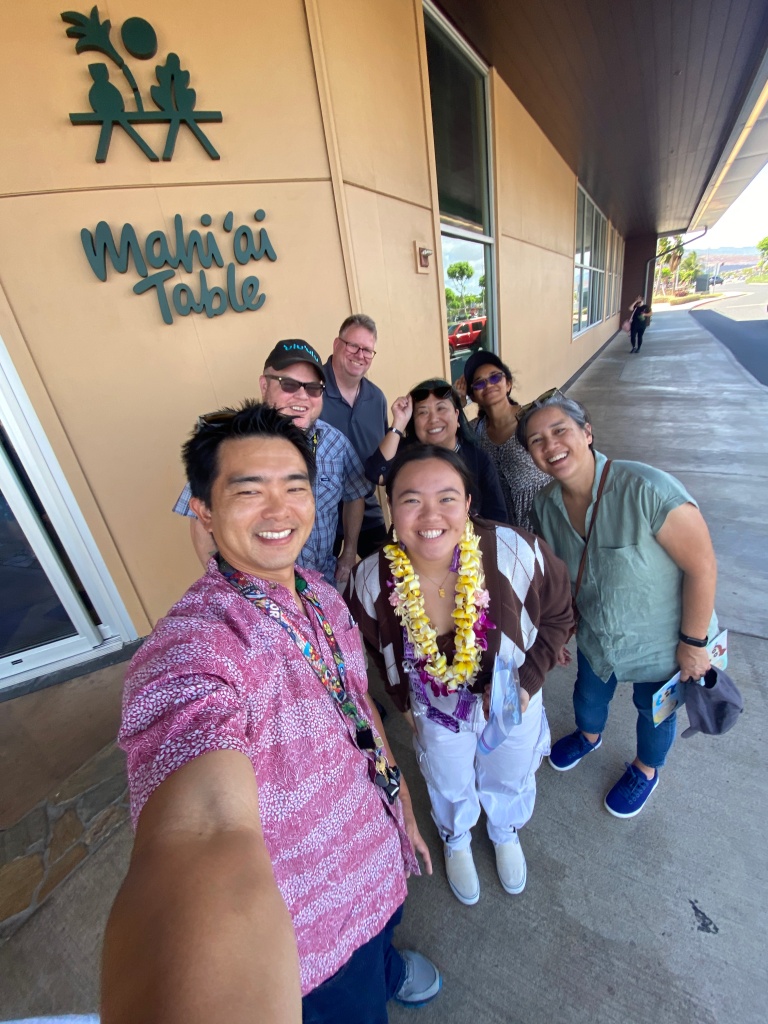
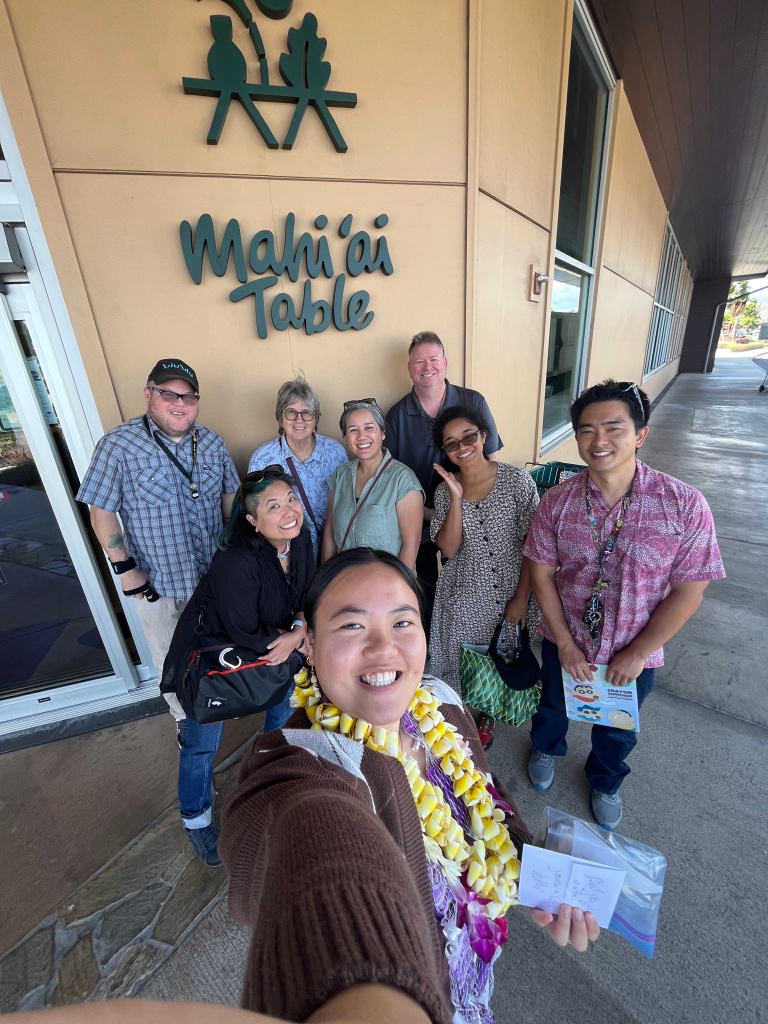
Now that you have worked as a Moving Image Archivist, and have had a chance to work with some different formats, what is your favorite archival media format and why?
This is also a really good question. I honestly feel like I am shifting away from film and more towards betamax, betacam, and ¾” U-Matic, just because those were the main types of media that I was able to work with. Though there were some 16mm and 8mm film that I was able to review.
Do you have any recommendations for movies or TV shows that feature libraries, archives, or archival footage? Any other last thoughts?
Well one TV show that I want to watch is “For All Mankind.” In one of our many discussions of TV shows and movies, Janel mentioned that she was watching the TV show, “For All Mankind” on Apple TV. The show explores the possibilities of what might have happened or existed if Russia had won the global space race and they used archival footage to adjust the footage of Russia landing on the moon first. I personally haven’t watched the show but it’s on my watchlist. Sadly, I don’t have Apple TV, but if and when I do get it, I look forward to watching that show.
Thank you for your hard work this summer, Ani! We truly appreciated everything you brought to the table, and we loved having an in-person Roselani Intern again!
Through the generous support of the Henry Ku‘ualoha & Muriel Roselani Giugni Fund of the Hawai‘i Community Foundation, the Roselani Media Preservation Internship is offered each year at ‘Ulu‘ulu to give a student of merit who is committed to the preservation of our media history the opportunity to acquire practical experience in a moving image archive.

